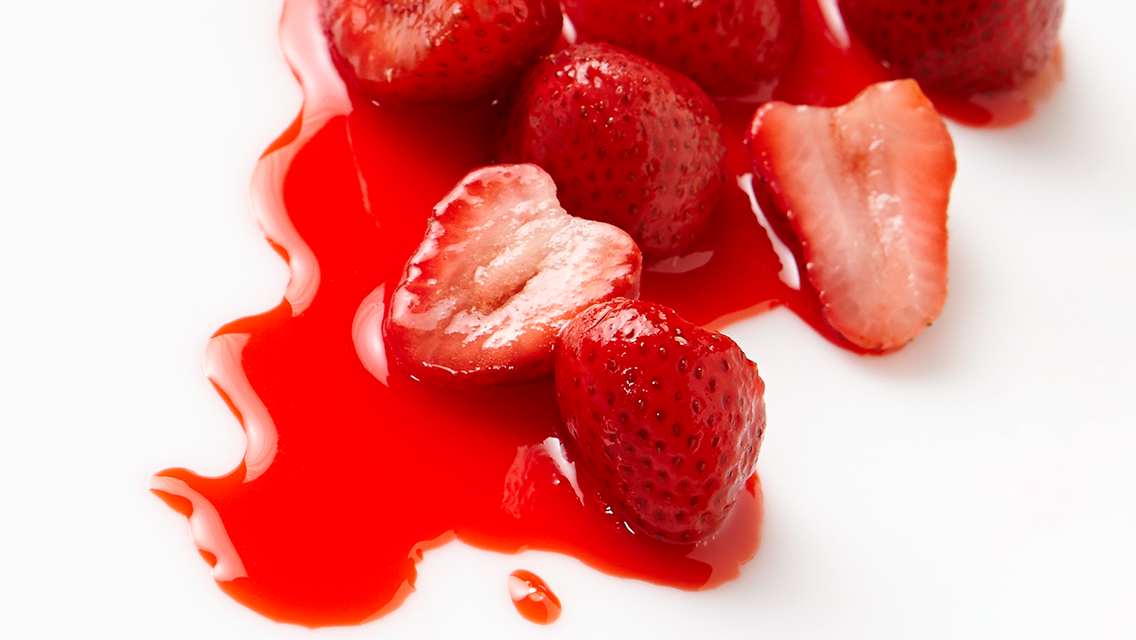A raft of new, peer-reviewed studies reveals that simple changes in diet can dramatically help manage ADHD and ADD.
For kids with ADHD, refined cereals, sweet fruits like melons and raisins, and starches like white rice are best avoided altogether, David Bock, MD says. Beans and lower-glycemic fruits like berries, apples, and pears can be eaten in limited quantities.
Even simple nutritional interventions like these can make a profound difference. But many parents find they get the best results (and support) working with progressive health professionals who can suggest individualized treatment plans.
For parents wanting to help their children with attention, behavior, and mood challenges, our experts recommend starting with these integrative, nutrition-based approaches.
- Remove artificial colorings from your child’s diet. These dyes — especially Red #40, Blue #2, Yellow #5, and Yellow #6 — trigger hyperactivity in many kids, notes Columbia University Medical Center psychiatrist David Schab, MD, MPH. In addition, they serve to “get children interested in foods that are globally unhealthy — Pop-Tarts, sodas, processed cereals, energy bars.”
- Eliminate food additives, especially the preservative sodium benzoate, from your kid’s diet. It is most commonly found in soda and other carbonated beverages, fruit juices, jams, salad dressings, condiments, and pickles. Be sure to read ingredients labels and beware of fast-food menu items, which can contain a significant dose.
- Remove medicines and foods containing salicylates, found in hundreds of medicines, including aspirin, as well as some fruits. In some people, salicylates can cause or exacerbate asthma, fatigue, and, notably, the symptoms of ADHD.
- Supplement your kid’s meals with targeted micro-nutrients (vitamins and minerals), including vitamin D, the range of B vitamins, omega-3 fatty acids, amino acids, calcium, iron, magnesium, and zinc. Be sure to consult with a skilled naturopath or integrative physician so that you do not oversupplement.
- Consider your child’s gastrointestinal health. Working with your doctor, you may want to add probiotics to his or her supplements, along with the supplement tricycline (which contains berberine, artemisinin, citrus extract, and walnut hulls). This treatment is designed to improve problems related to leaky gut, a condition in which damaged intestinal walls release undigested food particles into the bloodstream. Leaky gut is associated with a range of inflammatory and immune responses.
- Try an elimination diet. Remove casein (found in dairy products, such as milk and cheese) and gluten (found in wheat, barley, and rye) from your child’s meals and see if it makes a difference. Reintroduce these substances after they have cleared the system (three weeks for casein, three months for gluten) only if no positive changes have occurred with elimination.
- If your child is still acting hyperactive, try a restrictive diet of water and organic rice, turkey, lamb, lettuce, carrots, pears, and other whole foods that rarely cause food allergies. See if your child’s symptoms subside; if so, slowly reintroduce foods to his or her meals to see which items cause symptoms to reemerge.
- Consider a low-glycemic eating plan high in protein and fiber, and low in carbs, such as refined carbohydrates and sugar.
- Rebuild your child’s diet based on whole, organic, nutrient-dense foods.
This was excerpted from “Connecting ADHD and Nutrition” which was published in the October 2014 issue of Experience Life magazine.




This Post Has 0 Comments